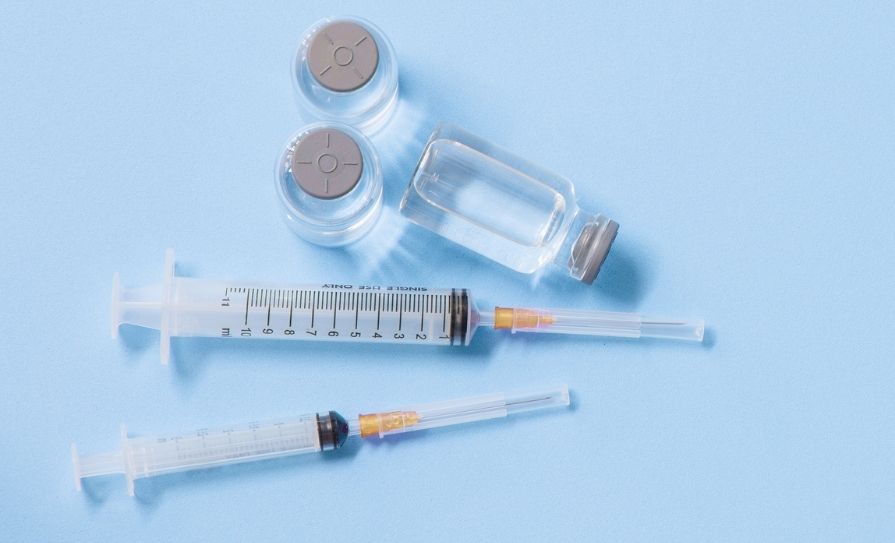Pharmacy-based vaccination is available in at least 36 countries and territories and has been proposed or is undergoing development in a further 16, according to the findings of the International Pharmaceutical Federation’s (FIP) latest survey of pharmacy’s impact on immunisation coverage, which was released recently.
A total of 99 countries and territories participated in the survey, making An Overview of Pharmacy’s Impact on Immunisation Coverage: A Global Survey the most comprehensive report published on this subject to date. The work, which updates a survey conducted by the FIP in 2016, aimed to evaluate different aspects of pharmacist-led immunisation, including advocacy and awareness activities, regulatory frameworks, vaccine administration, reimbursement models, training and certification, vaccination records, and limitations and barriers to the expansion of pharmacy practice to include vaccine administration.
According to the report, community pharmacies give almost 1.8 billion people around the world the possibility of being vaccinated. The samples in the 2016 study and this new study are different (45 respondents in 2016 and 99 in 2020), but they have 40 countries and territories in common. In this group, there were 18 countries with pharmacy-based vaccination in 2016 and there are 23 in 2020, a 28 per cent increase, said the FIP.
A total of 36 types of vaccines were reported to be administered in pharmacies. Influenza, hepatitis B and tetanus were the most common, but the list also includes vaccines for measles, malaria, pneumococcal infections and shingles.
“This report indicates that pharmacists’ role in immunisation has continued to grow, but so much more could be gained. Numerous benefits, including increased vaccine accessibility and coverage, have been demonstrated in countries where pharmacists have the authority to administer vaccines. Legislative and regulatory barriers must be overcome through evidence-based advocacy and we must address key issues, including reimbursement,” said FIP CEO Dr Catherine Duggan.
The report also highlights a disparity between high- and low-income countries. Pharmacy-based vaccinations are available in 47 high-income countries (n=43), compared with just 11 per cent of low-income countries (n=28).
“Pharmacists are medicines experts, first-line healthcare providers, and integral members of the healthcare team.
Expanding their scope of practice as vaccinators will ultimately further their contributions to public health. I encourage countries currently without pharmacy-based vaccination to work with FIP and its member organisations to organise a strategy leading to the changes necessary towards health for all,” Dr Duggan said.
FIP is running a webinar to share the findings of this report on 6 August at 13:00 CEST.







